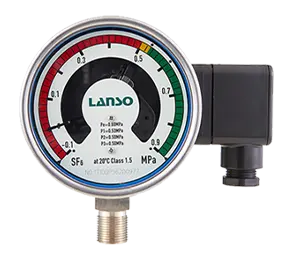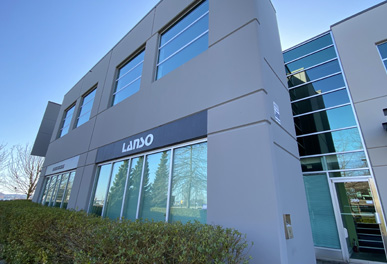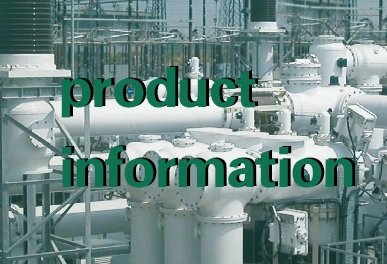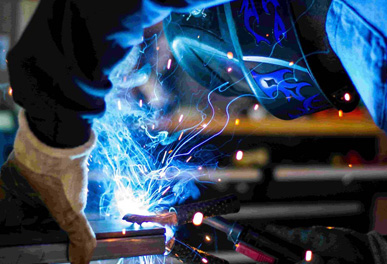Ⅰ. Problems occurred during low temperature calibration of SF6 relay
At present, the major power plants, power supply companies, large industrial factories and mines have gradually begun to pay attention to the importance of SF6 gas density meter calibration system, and gradually began to popularize the application. Many power supply companies and other units are configured with SF6 gas density testing equipment. However, most SF6 gas testing equipment can only verify the density of SF6 gas at normal temperature. When encountering extreme environment, there will be a variety of problems. Common problems mainly include the following three aspects: First, due to the quality problems of the calibration instrument, there is the temperature compensation error, causing a relatively large error, and this error can not be found in the normal temperature; Second, because the design structure of the calibration instrument is not very perfect, in the case of extreme low temperature, the calibration instrument will lose its due role, and this problem cannot be found at normal temperature; Third, due to the lack of stability in the performance of the material, with the constant change of time, there will be zero deviation, especially in the low temperature environment, which will lead to further error.
Ⅱ. Testing of SF6 relay at low temperature
Compared with the ordinary testing method, the low temperature testing of SF6 gas density meter mainly lies in the difference of temperature control. For example, in the environment below -40℃, it is necessary to use the constant temperature control box to create the temperature environment and keep the temperature constant, and then put the relay in the environment to use the check table and relay for testing. Finally, according to the feedback information of the relay, the switching difference and the action value error of the contact are determined.
Specific testing measures are:
(1) According to the difference of each group of contacts, respectively measure the value in the state of boost and drop pressure, the measurement content includes the pressure value when connected and disconnected;
(2) Before the contact switching, the booster or depressurization operation should be carried out gently and the pressure value of the standard should be read at the moment of the contact switching;
(3) When calculating the error of action value, it is necessary to compare the set value and pressure value in the whole process of pressure change, including over-pressure alarm, locking and low pressure alarm. At the same time, it is necessary to ensure that the error of the set value and the switching difference conform to the provisions of the relevant technical parameters.
Ⅲ. Device configuration required for SF6 relay test in low temperature environment
1. Ensure the accuracy of reading pressure values
In the process of testing, it is found that the value on the density relay is inconsistent with the pressure value collected by the system, and there is a considerable error. The reasons for this problem are as follows: (1) Because the thickness of the pipeline is easy to produce a large change, the pressure transfer is relatively unstable, and the instantaneous pressure is not balanced; (2) If the pressure indication value of the density relay at the near and far ends of the air supply port is inconsistent in a low temperature environment, and the near end is greater than the far end, it means that the distance between the installation position of the density relay and the position of the air supply port is not equal; (3) Because the distance between the gas density meter and the pressure sensor is far, the reading value is not timely.
In view of these three problems, specific improvements can be made to the pipeline, such as replacing the mounting frame of the density relay, adjusting the position so that the distance between the relay position and the position of the air supply port is equal; Adjust the position of the pressure sensor to the near end of the relay to improve the timeliness and accuracy of reading the pressure value.
2. Ensure the accuracy of reading temperature values
Adjust the temperature in the high and low constant temperature control box to -40℃, and then put the SF6 relay into it and keep it for two hours before testing. In the process of testing, it is found that the temperature read by the adjusted system is -33℃ instead of -40℃. The reason for this phenomenon is that SF6 gas will go through liquefaction with the rise of pressure, and then release certain heat, making the test temperature near the gas path higher than the adjusted temperature. In order to make the actual ambient temperature reach -40℃, the position of the temperature sensor should be adjusted away from the gas path.







